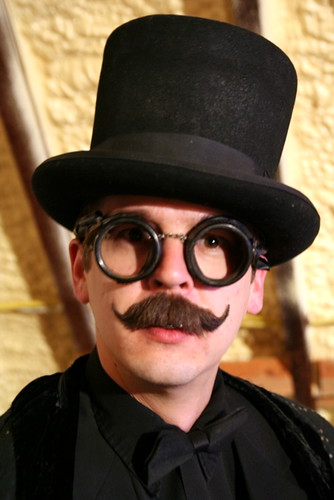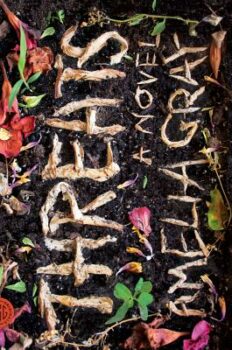I have a theory that in 50 years, or maybe even 20, scholars will be studying a new form of fiction that’s just beginning now. It’s not exactly narrative, nor is it strictly prose. In fact, some of it isn’t even stories.
But it involves imagining the secret details of characters’ lives, articulating their thoughts and fears, developing their voices and diction and tone. Unlike typical fanfiction, this new mode of storytelling often use social media or other unconventional means, as if the characters themselves were real people living in and interacting in our world. For lack of a better term, we could call it “parafiction.”
Take a look at these examples:
Author Helen Fielding recently began tweeting—as not only her character Bridget Jones (@bridgetjoneshf) but also as Bridget’s flames Mark Darcy (@markdarcylegal) and Daniel Cleaver (@danielcleaverxx). True, Fielding is working on a third Bridget Jones novel, so you could argue that this is an early publicity campaign. But tweets like these start to create their own stories. For example, on July 15, Bridget’s tweets tell the story of her experience at a pop festival, in real time:
- For first time in life am actually at a pop festival.
- Have lost all my friends immediately and am now wandering crowd realizibg will never see home or loved ones again
- Also have not heard of any of the bands. Apart from echo and the bunnymen
- Oh god i seriously am lost. What shall i do? Maybe a lost children tent? They could make an annoucement?
- If anyone i know or with a car is at latitude am under pylon to r of main stage. Sobbing.
The characters even talk to each other about things going on in the real world:
- Bridget: @markdarcylegal @liviafirth realize feeling slightly rejected by NOTW for not hacking my phone. But don’t tell anybody.
- Jason McCue: @bridgetjoneshf @liviafirth. Don’t feel down B, I’m sure they considered hacking you even if they didn’t.
- Mark Darcy: @JasonMccue . Stop creeping to B. I already said to her at the park that they had definitely thought about hacking her.
Others have taken on the voices of their favorite literary characters: Reorb.it describes itself as
A reanimation of well-known historical and literary figures personified by less well-known authors slash actors today; performed in real-time 140-character byte-sized bits to an online audience of followers ; hyper–extended and presented here on a featureful website.
Or, in modern parlance, a series of Twitter feeds “by” figures including Roald Dahl’s BFG and HAL 9000 (via). Here’s some of the BFG’s Tweets:
- Hornswoggled! Dream Country is in the bunkumhouse! These is mean and harrowful times.
- but wait! there is ONE but nice and jumbly giant who is also happening to be a right expert on dreams and their homes and habitats!
- well coddle my cowbells! drum up some chickensticks! hoard your hankies! i is getting a gigantous, splendiferent idea!
- no more moocheling and foocheling around. I is going to rebuild Dream Country, from up to bottom!
And Flavorwire wants even more: recently, it put out a list of “Literary Characters Who Should Be Tweeting,” including Gregor Samsa, Caddy Compson, Lolita, and Boo Radley.
And, of course, there are the Twitter feeds in the (fictionalized) voices of real people, like @mayoremaneul, the briefly escaped Bronx Zoo Cobra (@BronxZoosCobra) and Nick Nolte’s Mugshot (@Nick_Nolte). Unsurprisingly, many of these accounts appear and disappear—or are shut down—overnight, but they are often surprisingly funny. And, like those in the voices of fictional characters, they blur the line between fiction and reality, bringing characters into our world.
“Parafiction” may not look like any fiction we’ve seen before, but it involves imagining one’s way into a character—so far in that the writer assumes the character’s identity—to create new narratives about the characters. And isn’t that the core of fiction?






